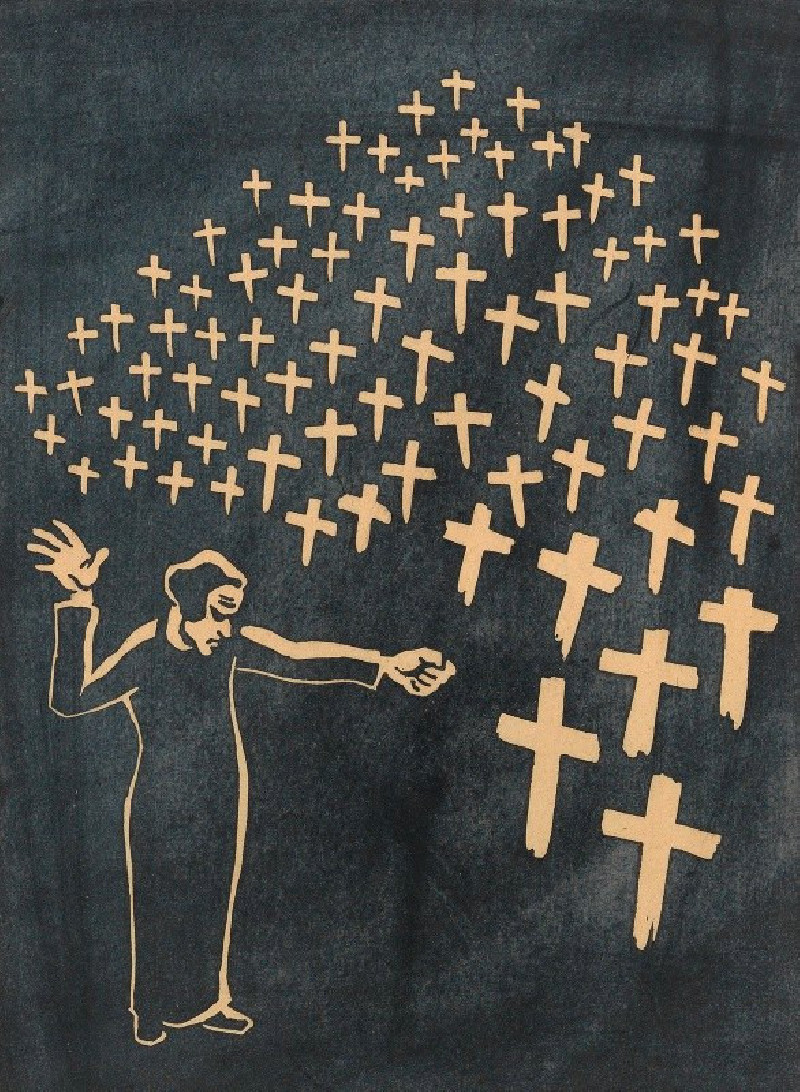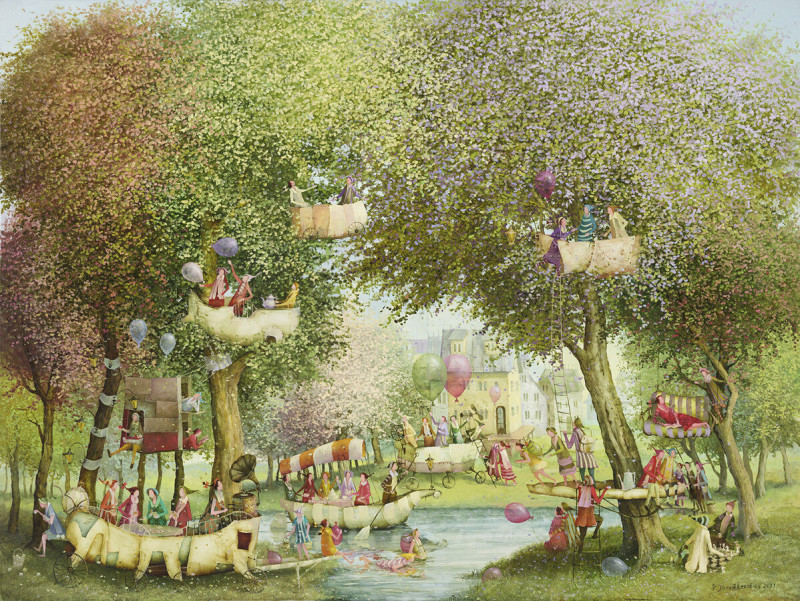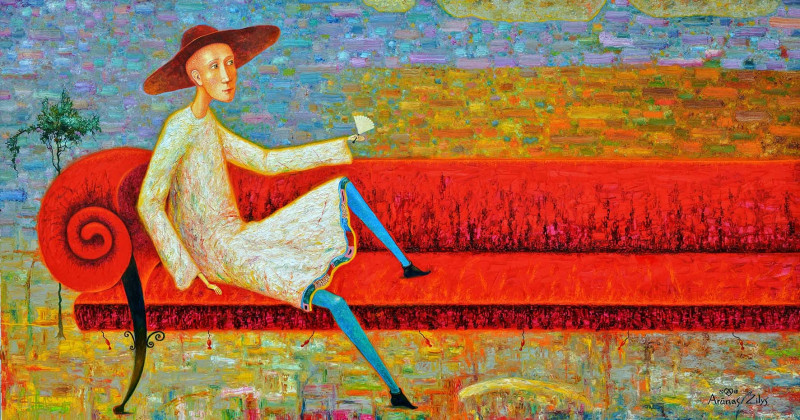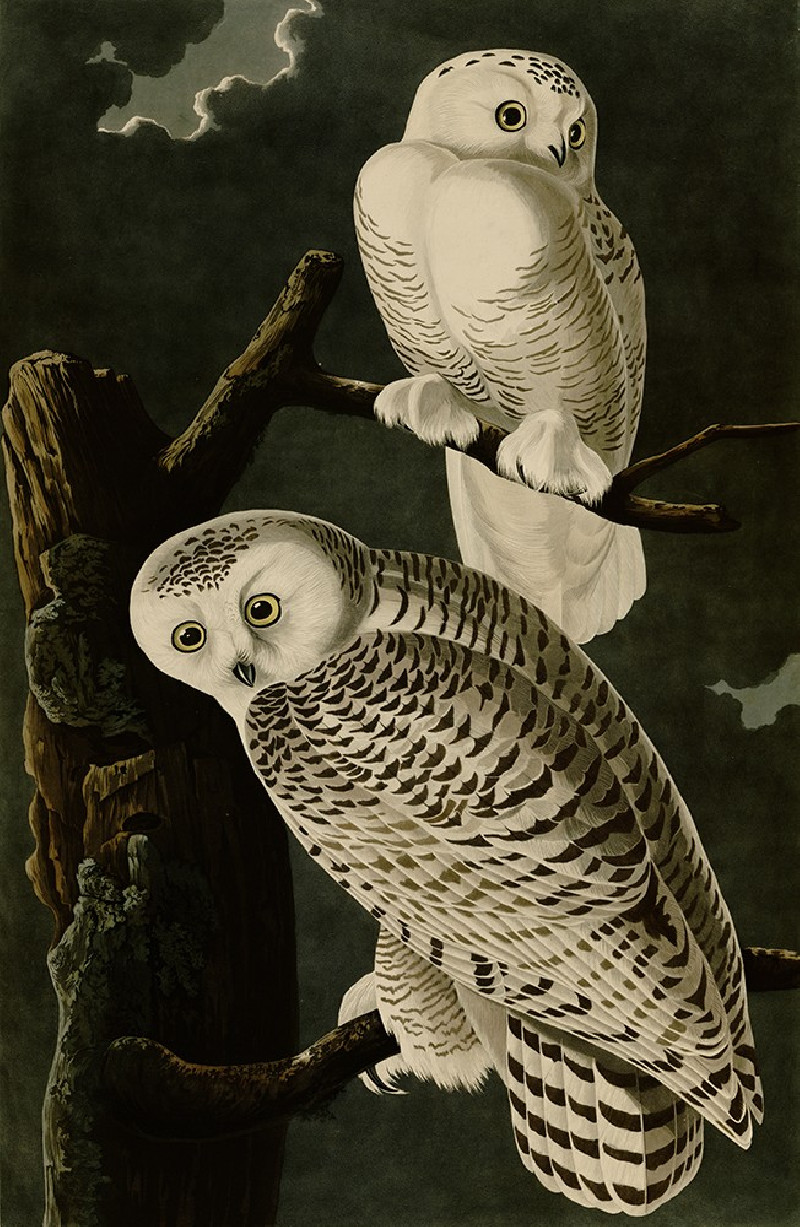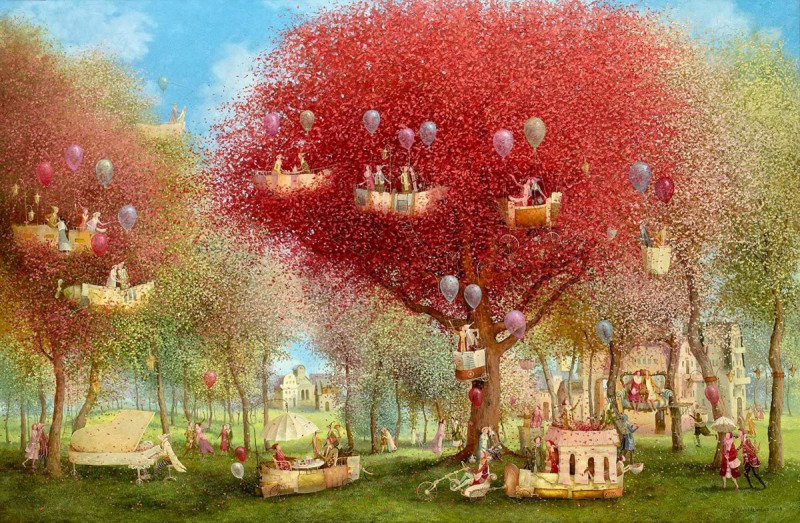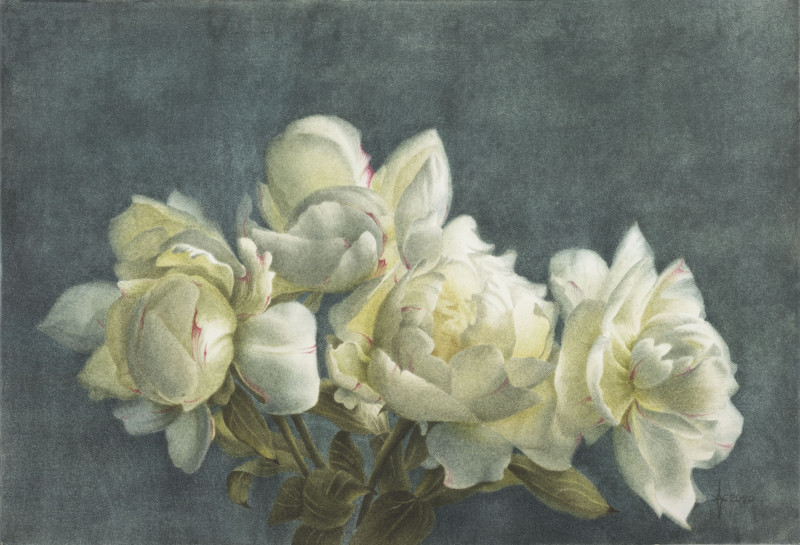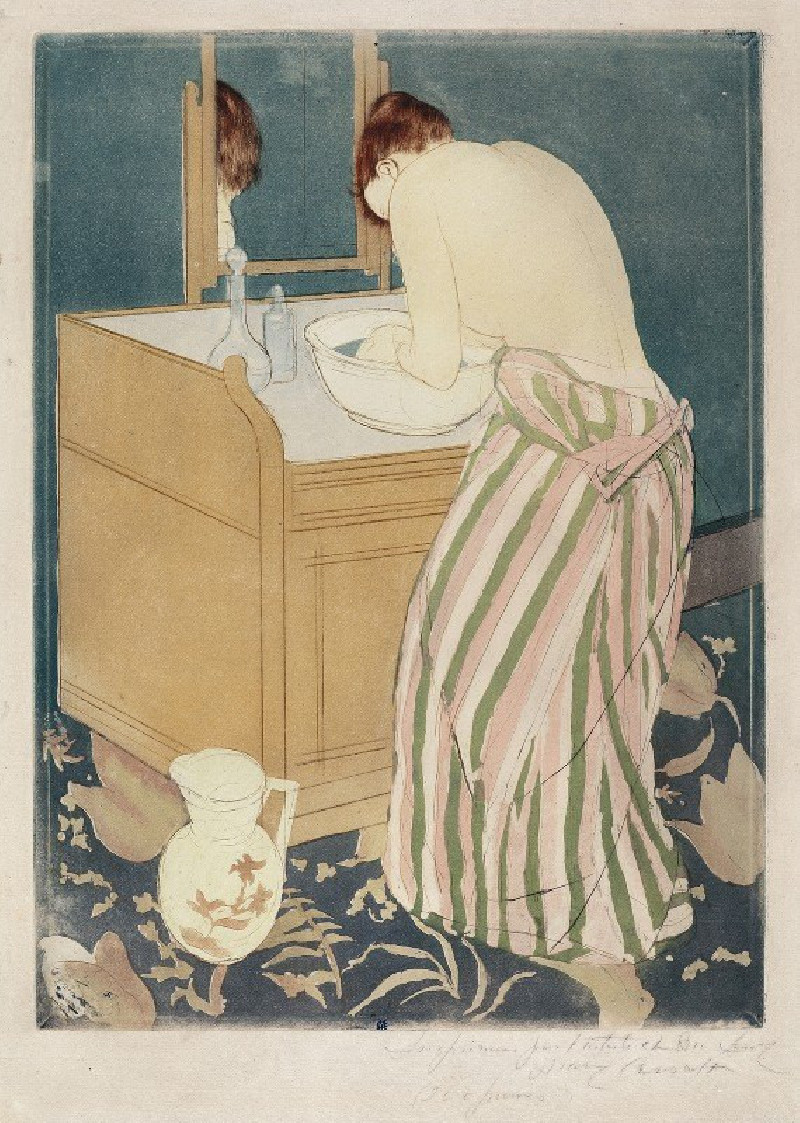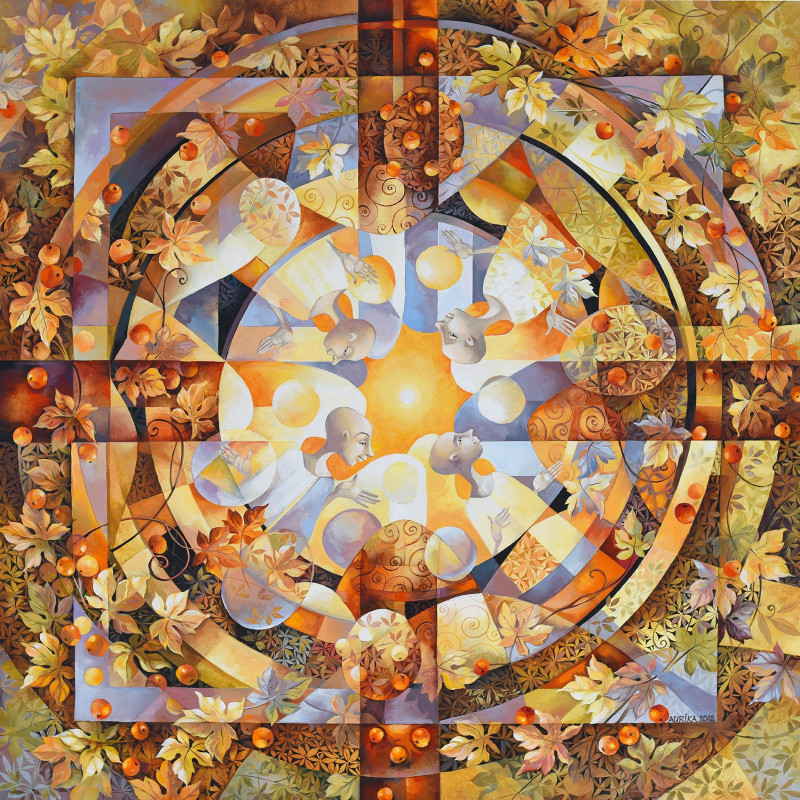Nie wieder Krieg! (around 1928)
Technique: Giclée quality print
Recommended by our customers
More about this artwork
Karl Wiener’s impactful artwork, "Nie wieder Krieg!" (Never Again War!), embodies a profound anti-war message, powerfully captured through stark, symbolic imagery. Created around 1928, this piece uses minimalistic yet evocative visuals to convey its theme. The painting features an array of crosses that dominate the upper part of the composition, symbolizing the overwhelming loss of life due to war. These crosses, varying in size but uniformly shaped, suggest the anonymity and mass scale of wartime casualties.At the bottom left of the image, a solitary figure is depicted with one arm outstretched and the other raised in a stop gesture. This figure represents humanity’s plea for peace and its rejection of further conflict. The blue-black background contrasts sharply with the white crosses and the outline of the figure, enhancing the somber mood and the theme of mourning."Nie wieder Krieg!" serves as a stark reminder of the tragic consequences of war and stands as a call to humanity to embrace peace.
Delivery
Reproductions are made to order and take 5 to 7 working days.
We send them out by courier and delivery takes another two working days.
If you need a reproduction sooner, please contact us - we can usually find a solution and produce it a little faster.
If you don't want to pay for postage, you can pick up your paintings at our galleries in Kaunas or Vilnius.
Returns
Yes, reproductions can be returned.
If you have any doubts more than 30 days after the date of purchase, please contact us - we will take the reproduction back for a refund or offer you a replacement!
We accept a maximum of two returns per customer - please note that we make reproductions to order, so please choose responsibly.
We do not refund shipping expenses.

